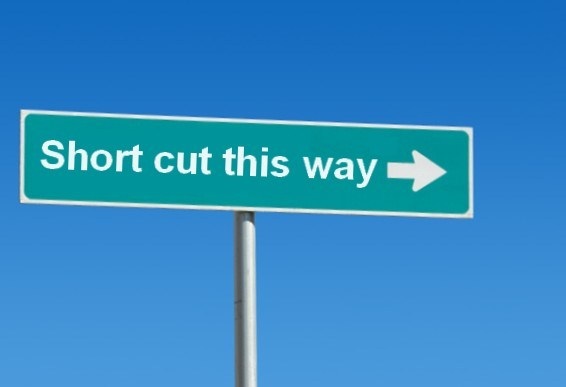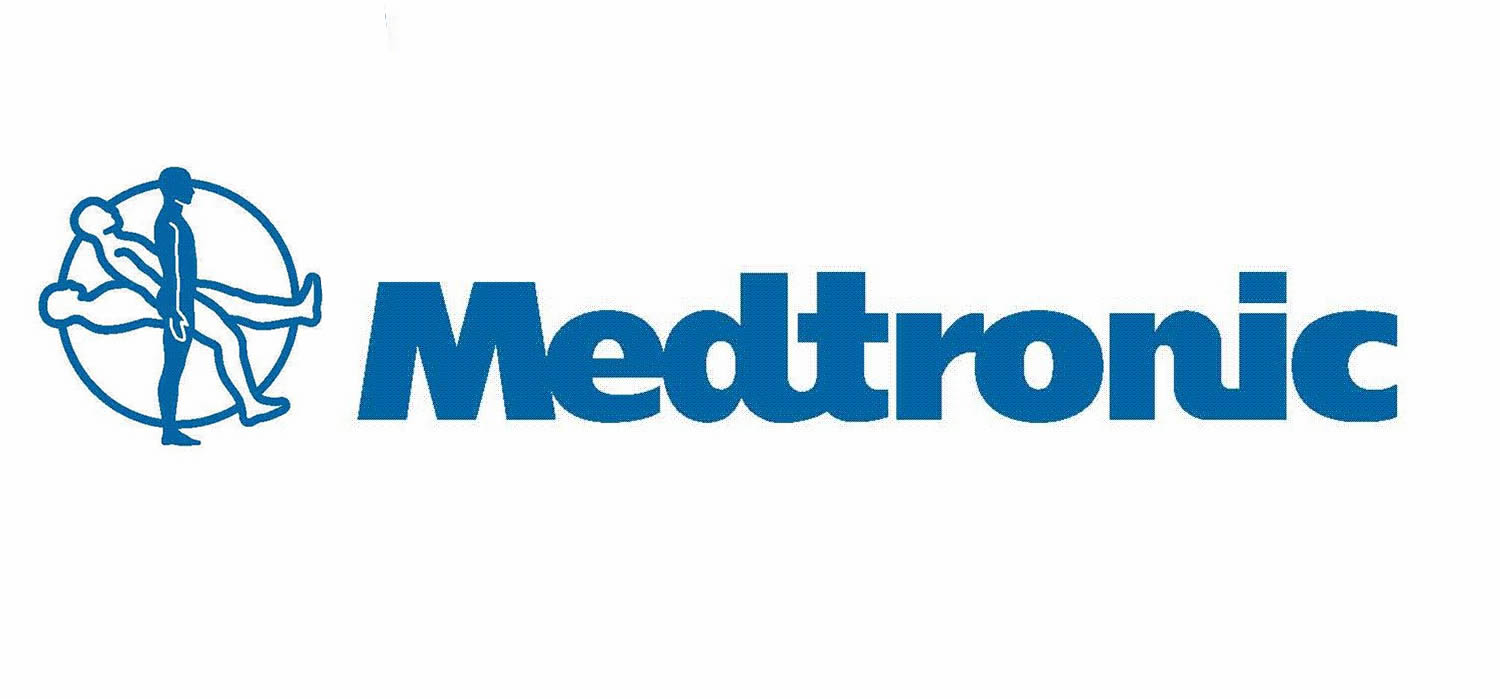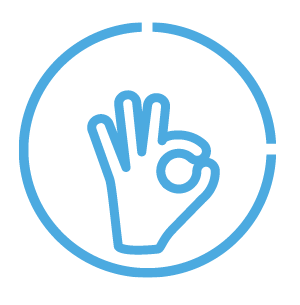Studies have found that only 7% of the messages we send are verbal – the other 93% are sent in some non-verbal way. This percentage probably shocks you. The bottom line is this: people first pay attention to your body language, and only afterwards do they hear what we’re saying.
Much has already been said about the importance of body language in sending messages and its basis on our status as speakers. But the question that frequently arises is: what can we do to change this? How much of our body language is innate and how much of it can we acquire?
Every individual has his/her own starting point, some finding body language more natural while others struggle. The key is to become aware of the strengths and weaknesses of our body language. Through this, we can learn to elevate our strengths and improve upon our weaknesses. This awareness will help us succeed in dramatically increasing the quantity of the messages we send, as well as the understanding of those messages.
Up until now, studies have mainly dealt with just one of the three aspects of body language.
1. How We’re Perceived – This relates to the audience, and how we succeed in transmitting our message. It applies to how we can improve our status before an audience and transmit our message, as well as using techniques like voice, eye contact, movement, etc.
Today more and more studies are dealing with the two additional aspects of body language, and if we relate to them, we can significantly improve the transmission of our messages.
2. Reading the Audience – Body language can help us to read the audience, to understand and to identify the small nuances that will help us make the right connection (an audience can be anything from one person to an entire stadium). For example, if someone in the audience slightly raises or lowers an eyebrow, we can assume that he/she has a question to ask or that he/she doesn’t completely agree with what we said. Before they are able to interject their question or opinion, try to ask that person, “Did you want to add something? Do you have a question?” The immediate message will be “they understand me, the speaker is reading me before I even said a word.”
The more we are aware of the small nuances in the audience’s body language, body movement, facial expressions, and eye contact, the more we will succeed in creating a better connection, and our message will be transmitted in a much better way.
3. Effect on Ourselves – This is the most innovative aspect: body language not only influences how we are seen by the audience; it also affects how we perceive ourselves. It can succeed in influencing us and how we succeed.
Amy Cuddy, one of the leading researchers in the field of body language, performed many experiments and found that if, just before a job interview, we take two minutes to ourselves in the bathroom or in the car and we stand in a “super power position,” we will walk into the job interview with more self confidence, and our chances of receiving a position reply are that much greater.
Cuddy claims that this isn’t a “fake it ‘till you make it” situation, but rather “fake it ‘till you become it.”
This principle answers the question concerning innate body language as compared to acquired body language. At the beginning, it may seem a little false or forced, but later on it becomes part of our DNA. It will influence not only how we are perceived by others, but also on how we perceive ourselves, and it will help us succeed in business, in our personal lives, and beyond.
In the next few weeks, we will carefully examine each of these three aspects of body language more carefully, so that the next time you present in front of a crowd, your body language will help to captivate your audience and let them connect with you easily!
To hear all of Amy Cuddy’s TED talk on body language, CLICK HERE.








You got a very good website, Gladiolus I observed it through yahoo.